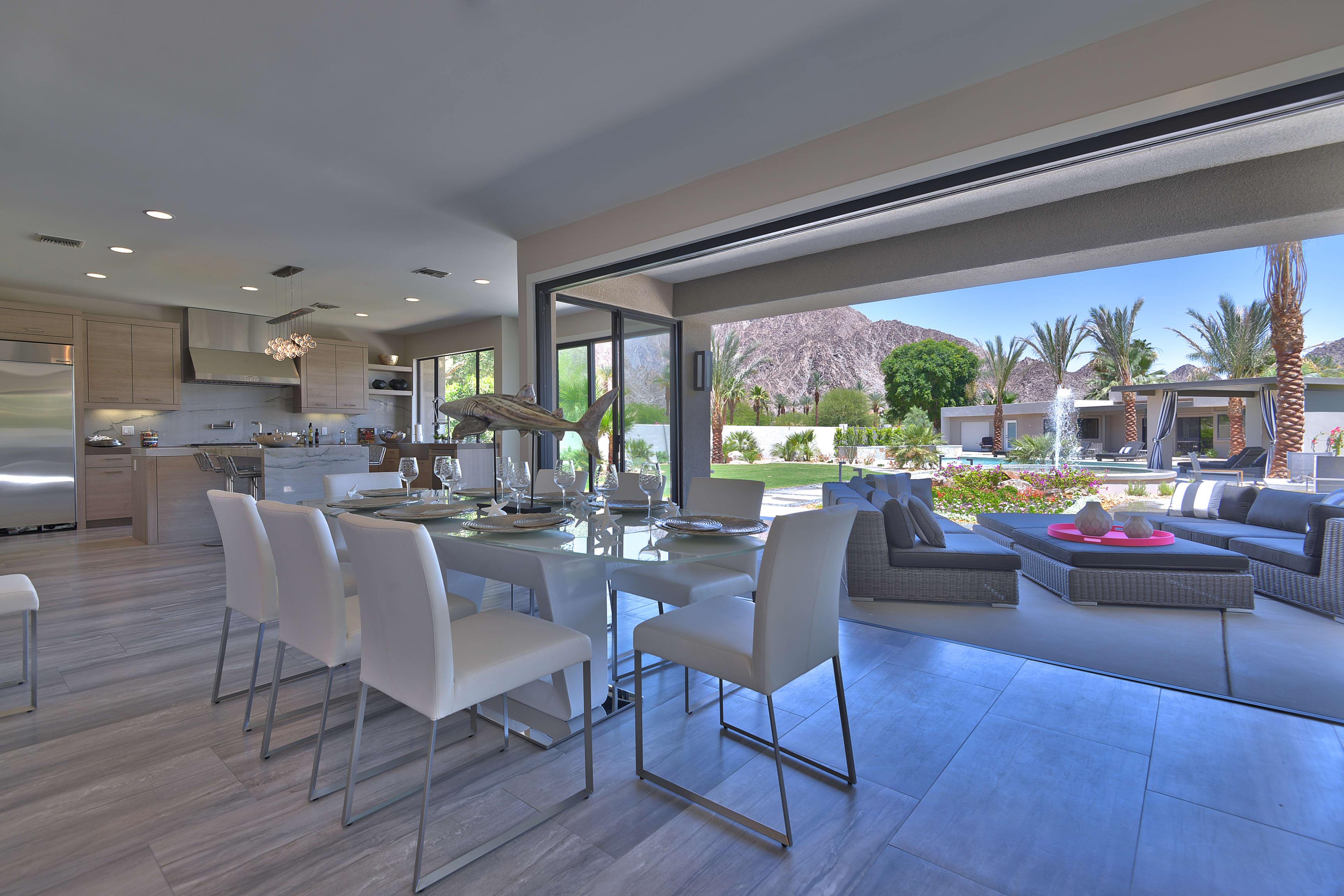
What is IRC Section 1031?
Section 1031 of the Internal Revenue Code allows an owner of investment property to exchange property and defer paying federal and state capital gain taxes (up to 15% Federal, and applicable state taxes) if they purchase a “like-kind” property following the rules and regulations of the Internal Revenue Code. This allows investors to use all of the sale proceeds to leverage into more valuable real estate, increase cash flow, diversify into other properties, reduce management or consolidate holdings.


